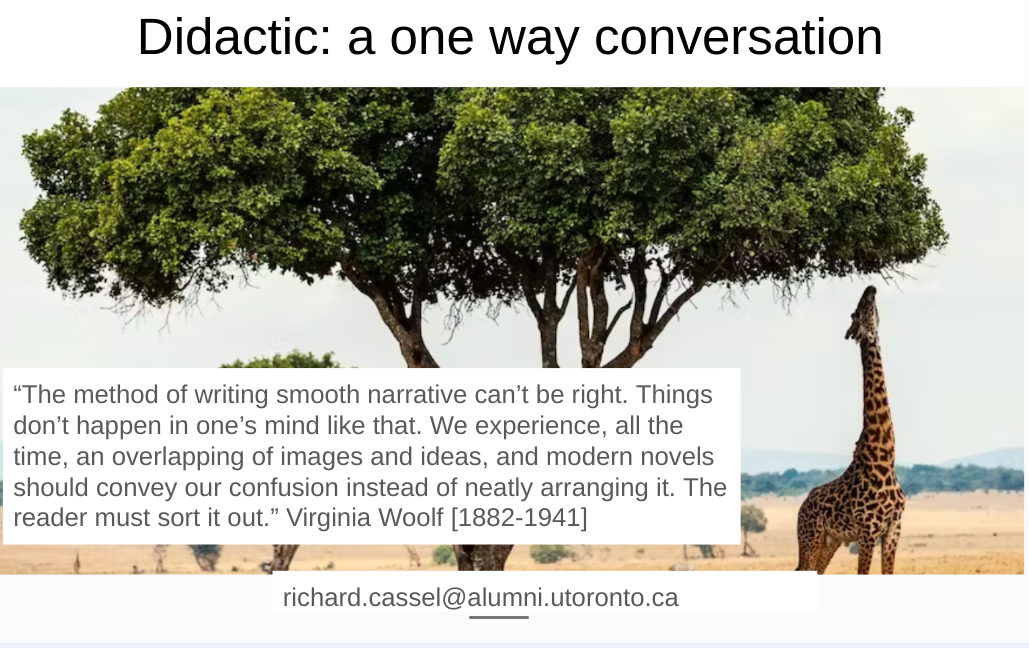 La Fenêtre, 1925
La Fenêtre, 1925Or was he a forward looking modernist?
Pierre Bonnard [1867-1947], "reveled in the wizadries of light and the surprises his own sensations held in store fore him."
The painter's art gives a human value to objects and reproduces things as they appear to a human eye. And this vision is full of changes, full of movement.
"Bonnard divided his time between the Mediterranean world of Renoir and the regions beloved of Monet, the Ile-de-France, the Seine valley, the Channel beaches."
From the Economist:
There was nothing of the romantic artist in a garret about Bonnard. He appeared to live a bourgeois life. His studio was a smallish upstairs bedroom; it didn’t even have an easel. He would just cut off lengths of canvas and tack them to the wall. When a picture was finished, he cropped off any remaining blank canvas.
Henri Matisse, his near contemporary, was a close friend; “Work Table”, finished in 1937, shows his influence. Like Matisse, Bonnard has been dismissively labelled a decorative artist, a painter of happiness. This exhibition should put an end to that. The 1946 “Portrait of the Artist in the Bathroom Mirror” is almost terrifyingly bleak. “Bouquet of Mimosas”, painted the year before, offers no hope-filled, sweetly perfumed vision of early spring. Instead, it conjures up a deadly poison that seems to seep out of the flowers.
